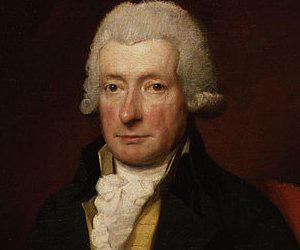
1 minute read
WILLIAM COWPER
202 THE ORIGIN AND WITNESS OF THE CHURCHES to read the comprehensive Memoirs and other source material from which these outlines have been culled. Especial mention must be made of John Gadsby’s Memoirs of Hymn Writers, Julian’s Dictionary of Hymnology, Hazelton’s “Holdfast”, the Dictionary of National Biography, and the various individual biographies of the men referred to. Those who seek or possess a religion that will stand them in good stead both in life and in a dying hour and have not read the biographies of these men have a feast awaiting them. Let them not lie with the precious things spoken of by Thomas Gray in his Elegy Written in a Country Church Yard.
Full many a gem of purest ray serene The dark unfathom’d caves of ocean bear: Full many a flower is born to blush unseen And waste its sweetness on the desert air.
Advertisement
WILLIAM COWPER
William Cowper the best of English letter writers and the most distinguished Christian poet of his day was born at Berkhampstead, Herts, on November 26, 1731. He lost his mother when only six years old but retained a vivid memory of her tenderness and piety, illustrated in his poem “My Mother’s Picture”. Always delicate and timid, barbarously treated by a bully at boarding school, following a nervous fever he became mentally ill and was for a time in a home; he had a good measure of recovery and in 1767 removed with Mary, Mr. Unwin’s widow who had cared for him before and after her husband’s death, to Olney where he became an intimate friend of John Newton. Here he joined Newton in composing The Olney Hymns “to perpetuate the remembrance of an intimate and endeared friendship, and the nineteen years with Newton here were the happiest and most lucid of his life.” Notwithstanding critics John Newton’s influence was both good and needful for as The Quarterly Review has pointed out Cowper needed a companion of kindred sentiment. Cowper’s poem “To Mary” is full of pathos and his hymns, above all “God moves in a mysterious way” have







